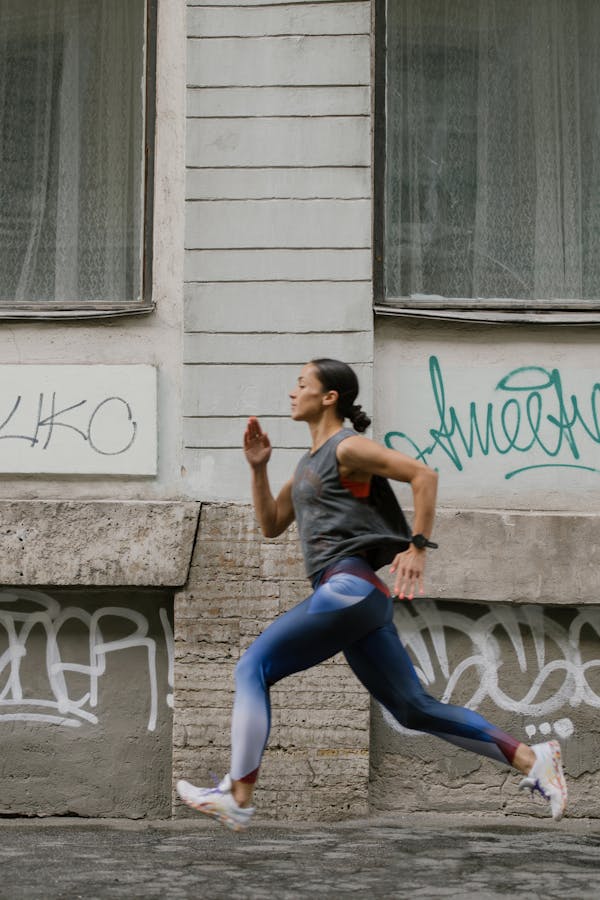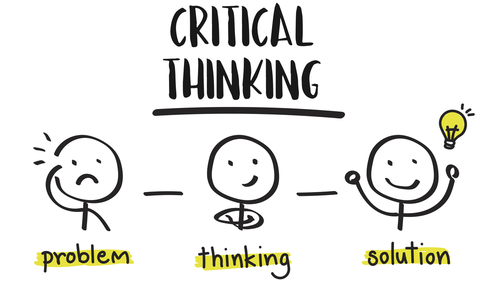Grunge fashion is more than just ripped jeans and messy hair. It’s a rebellion against mainstream aesthetics, a celebration of individuality, and a nod to the alternative music scene that spawned it in the mid-1980s Seattle.
From the Pacific Northwest to the World
Grunge emerged from the underground music scene of Seattle, fueled by bands like Nirvana, Pearl Jam, and Soundgarden. Their music was raw and emotional, and their fashion reflected that. They wore cast-off clothes, ripped jeans, and flannel shirts, a rejection of the polished pop aesthetic of the time.
Key Elements of Grunge Style
- Thrifting and Layering: Grunge is all about finding unique pieces and layering them for a disheveled yet intentional look. Flannel shirts, ripped jeans, band tees, and oversized sweaters are all staples.
- Grunge Palette: The color palette leans towards dark and muted tones – blacks, grays, browns, and deep greens. Pops of color can come from band tees, plaid prints, or distressed denim.
- Accessories with an Edge: Chunky combat boots, heavy jewelry (think silver chains and dog tags), beanies, and thick-rimmed glasses complete the grunge look Salme.info/.
Grunge Today
Grunge never truly died. The influence of this iconic style can still be seen on runways and streets today. While the ripped jeans and band tees remain, modern interpretations incorporate elements of streetwear and a touch of femininity.
Beyond Fashion
Grunge is more than just a fashion trend. It’s an attitude – an embrace of individuality and a rejection of conformity. It’s a reminder that fashion can be a form of self-expression, a way to tell the world who you are without saying a word.




